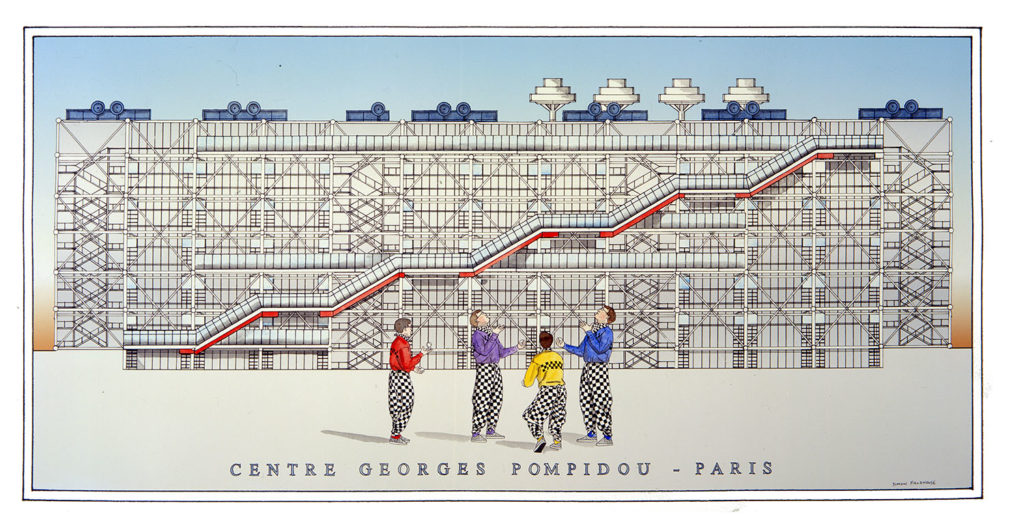
Centre Georges Pompidou Paris
The Pompidou Centre, officially known as the Centre Georges Pompidou, is an iconic cultural institution located in the heart of Paris, France. Designed by the renowned architects Renzo Piano and Richard Rogers, this avant-garde architectural marvel opened its doors to the public in 1977. The Pompidou Centre has since become a symbol of artistic innovation and a hub for contemporary art, attracting millions of visitors from around the world.
The history of the Pompidou Centre is closely tied to the vision of Georges Pompidou, the President of France from 1969 to 1974. Pompidou aimed to create a space that celebrated modern and contemporary art, a place where art and culture could thrive in a dynamic and accessible manner. His dream became a reality with the establishment of the Pompidou Centre, which houses the National Museum of Modern Art, the largest modern art museum in Europe, and a vast public library, the Bibliothèque Publique d'Information (BPI).
One of the most striking features of the Pompidou Centre is its architectural design, characterized by its "inside-out" construction. The building's structural elements, such as escalators, pipes, and ducts, are all exposed on the exterior, creating a unique and visually arresting aesthetic. This architectural innovation challenged traditional notions of what a museum should look like and made a bold statement about the center's commitment to pushing boundaries.
Culturally, the Pompidou Centre has had a profound impact on the city of Paris and the global art scene. It has played a pivotal role in showcasing contemporary art forms, including painting, sculpture, photography, cinema, and new media. The museum's collection features works by iconic artists like Pablo Picasso, Salvador Dalí, and Jackson Pollock, as well as contemporary talents pushing the boundaries of artistic expression.
Beyond its artistic significance, the Pompidou Centre has become a symbol of cultural accessibility. Its open design and numerous public spaces make it a place where people from all walks of life can come to engage with art and ideas. The Pompidou Centre's commitment to education and outreach programs further underscores its role as a cultural beacon.
In conclusion, the Pompidou Centre in Paris stands as a testament to the vision of Georges Pompidou and the enduring cultural significance of contemporary art. Its daring architecture, world-class collection, and commitment to accessibility have made it a beloved institution in Paris and a global icon of artistic innovation. As it continues to inspire and challenge visitors, the Pompidou Centre remains a vibrant cultural force in the 21st century.